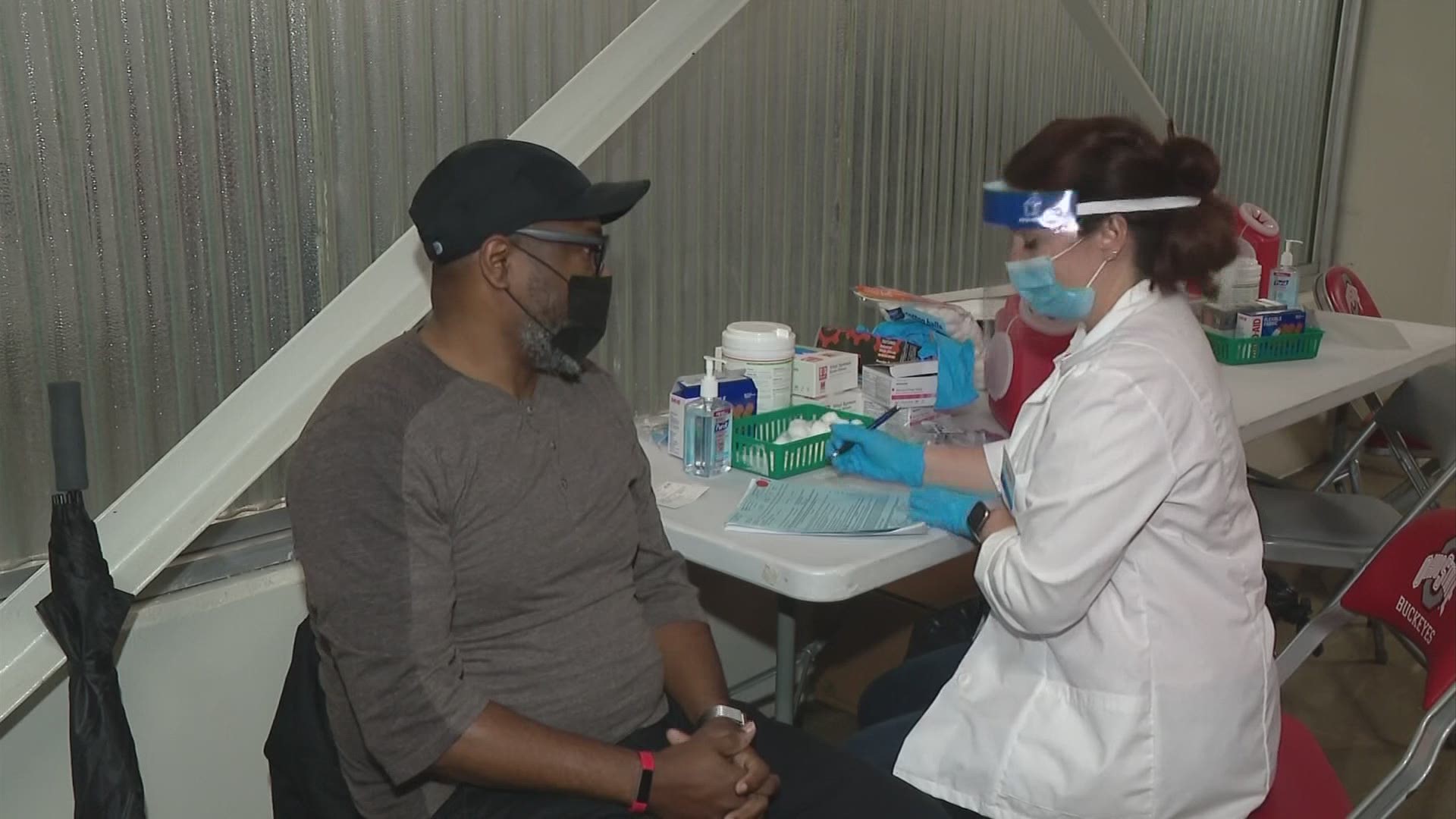For many in underserved and minority communities across the country, the COVID-19 pandemic has created an often overlooked underlying pandemic: a lack of access to life-saving vaccines.
“We're not asking people to judge,” said Stephanie Hightower, President & CEO of Columbus Urban League. “What we are asking is for folks to have some type of empathy and understanding.”
Since mid-December when the first doses of the coronavirus vaccine arrived in Ohio, there have been efforts to get the shots to residents, using a distribution plan that primarily focused on different age groups, starting with the most vulnerable.
In large, those groups excluded many in Black and brown communities who doctors say often have a shorter life expectancy due to pre-existing conditions and lack of access to healthcare.
Many underserved community advocates in central Ohio, say that lack of access continues to be a major barrier.
"There isn’t access for black and brown people in the urban community, at the same rate that it is for the majority community," Hightower said.
Newly released data from the Center for Disease Control and Prevention paints a clear picture of the racial divide. Black Americans are receiving COVID vaccinations at dramatically lower rates than white Americans, both nationally and in Ohio.
Out of a group of 45 million people surveyed nationwide with at least one dose administered, 66% of those were white, while only 8% were Black.
Franklin County Commissioner Kevin Boyce says there are several contributing factors to the vaccine racial gap, the most glaring – shot access locations.
"Just go to any predominately Black or brown community and show me a Walmart, show me a CVS, show me a Walgreens where they can have access to the vaccine,” Boyce said.
While there have been regular vaccine shipments, they haven’t been getting directly to underserved communities in large quantities.
For weeks, there has been a growing push to change that by local leaders who want to see more doses at neighborhood public health centers, getting shots directly to those most at risk or contracting or even dying from COVID-19.
"And the reason this makes sense Andrew – is because we can disseminate those vaccine vials in places - mobile unit hot spots, quicker than a CVS or a Walgreens can do or even a hospital can do because they are stationary,” Boyce said.
This push is now getting an extra boost from a new federal program, spearheaded by the Biden administration.
The Community Health Center Vaccination Program will provide one million doses directly to more than 250 community health centers nationwide, including centers in Columbus. The goal is to get more shots in arms in underserved populations, offering additional help to groups and organizations already working to bridge the vaccine divide.
"It can just be a one-step process. I think it has to be multi-tiered, connecting to organizations and entities that are embedded in the community,” said Pastor Michael Young of City of Grace Church.
Pastor Young is among the local faith-based leaders who have been working with community groups and organizations to connect minorities to COVID resources and shots.
“I think we have to be very initial with making sure people who historically have been underserved, aren’t underserved in this wave of vaccines," Young said.
The Biden administration is also making a $250 million investment aimed at improving health literacy, using community-based programs to address the disparity in underserved populations.
Locally, a partnership between Columbus Stand Up! and COTA is offering free rides to make sure central Ohioans get to their COVID-19 vaccinations.

